As the days passed, our agenda for what came next became clear, and we could see ourselves deep-diving inside the connection of creating a visitor-oriented museum experience while keeping the focus group as children with ASD. We had in-person meetings every four days to create a collaborative workset.
My way of explaining thoughts have always been with paper and pen, as we were known with the current system, our focus was clear about building intervention in the current system would give it a profitable structure to increase the visits of people who are facing challenges due to triggers like too many people, noises, and bright lights in the museum. Therefore, to make it more understood among ourselves I created a rough system flow chart to get us all on the same page.
Image : Rough Ideation on the system of museum to integrate new possibilities
To fully visualize the existing system and consider new possibilities, I divided it into three parts: PRE-VISIT, ON-SITE, and POST-VISIT experiences when a person decides to visit a museum. In my perspective, creating an experience for Science Museum should not just be for the science museum, but also for other museums as a system design concept that could be used in the future for people of various abilities and limitations.
I personally wanted to focus on the Pre-Visit part when a parent/individual/caretaker thinks about visiting a museum and how is the user flow of that journey. For this, I created a scenario of used cases with three different viewpoints to better understand the system.
To progress further, we all took a day off and brainstormed ideas on how to move forward with what can be accomplished and how. At this point, we were open to moving on with our projects using either an individual or a combined design approach.
Idea Generation
Sensory-friendly, Pre-Visit Experience, Materiality, Art Making, Playfulness, and Immersive were the keywords that guided my thinking.
Benchmarking Study
In particular, I conducted a benchmarking study using the cases shown below. The goal of this analysis is to fill in the blanks with a synthesis of ideas and a grasp of the existing state of outcomes.
Support applications that are designed to make navigation easier and provide important information.
Implementing ART-MAKING to help children develop neurocognitive skills
For support in a museum setting, a Toolkit can be handy for convenience.
Learning + Feedback
Photo by Maria C.
While it is commendable that educational public institutions have begun to examine the requirements of neurodiverse guests, there is worry about how to make this particular group of people more inclusive as a whole and meet their needs.
Given the project's complexity, there are numerous areas where changes might be made to make the experience more valuable to humans. We came to the conclusion after our feedback session with Tiff and Alaistair that, while our opinions have a frame of touching on all aspects of the visit, why not clear them out one by one? I expressed my desire to the rest of my team to move forward with a focus on family and child preparedness when they chose to visit a museum. As a result, we came up with the idea of creating a PREPPING BUNDLE to help us develop the prototype.








